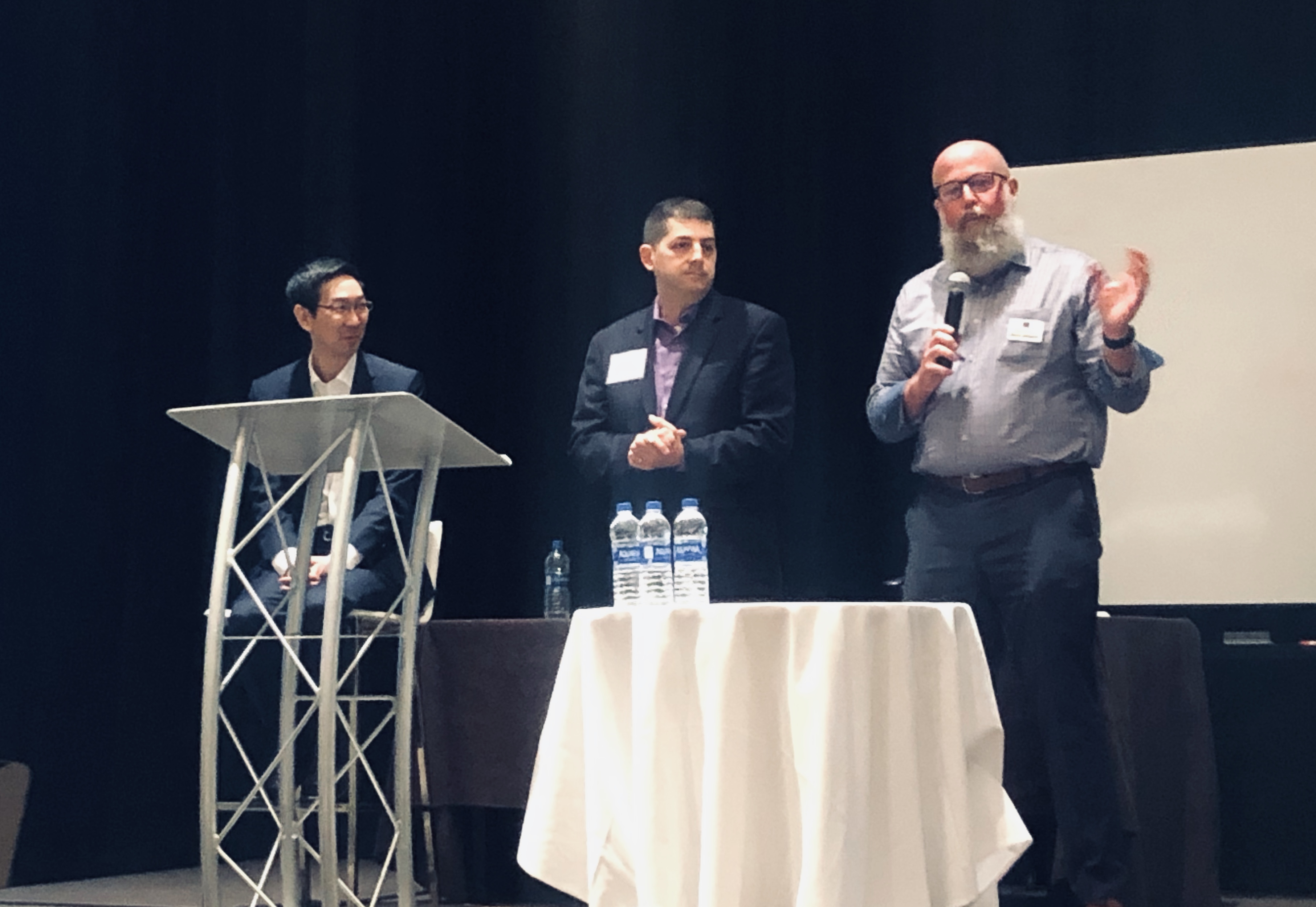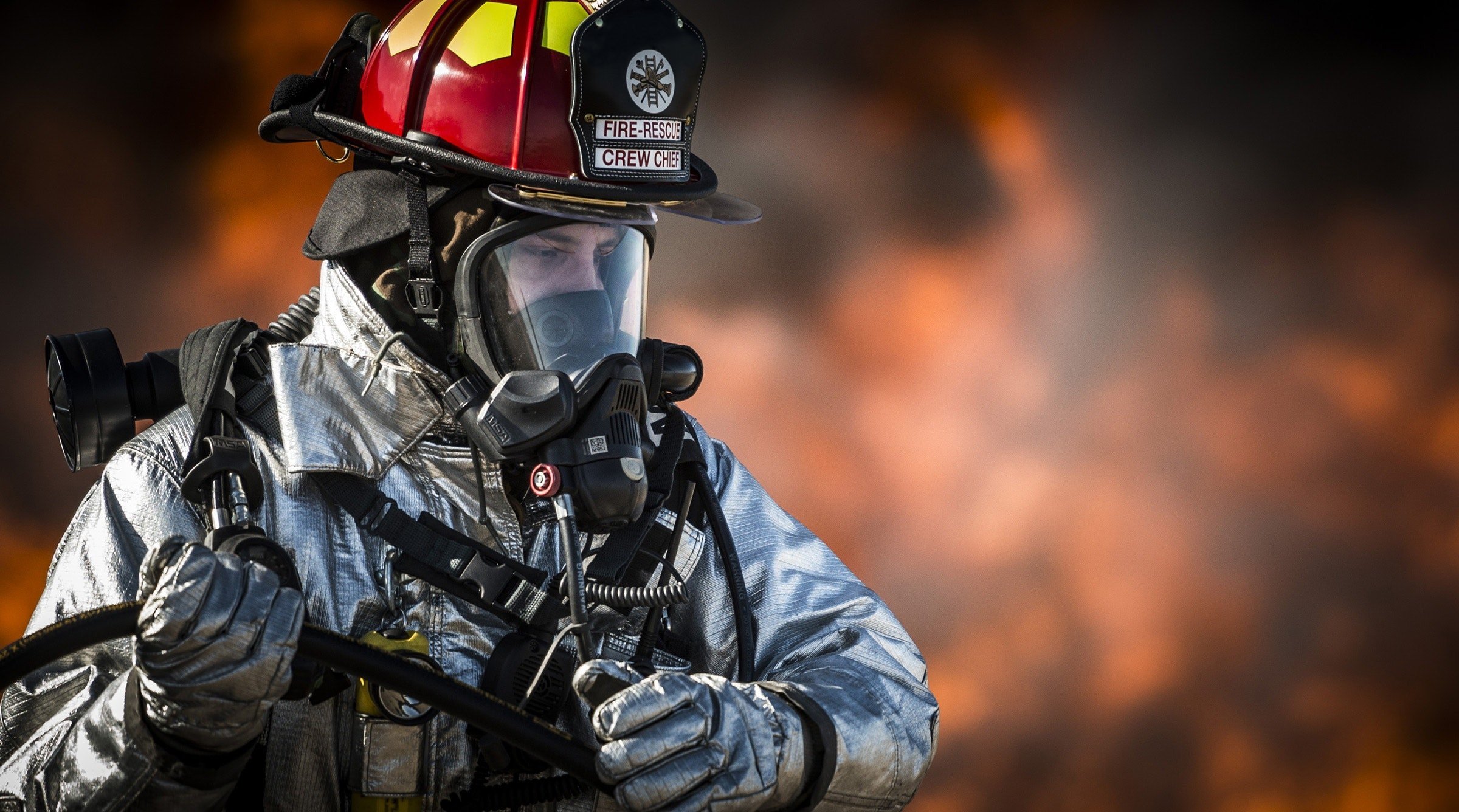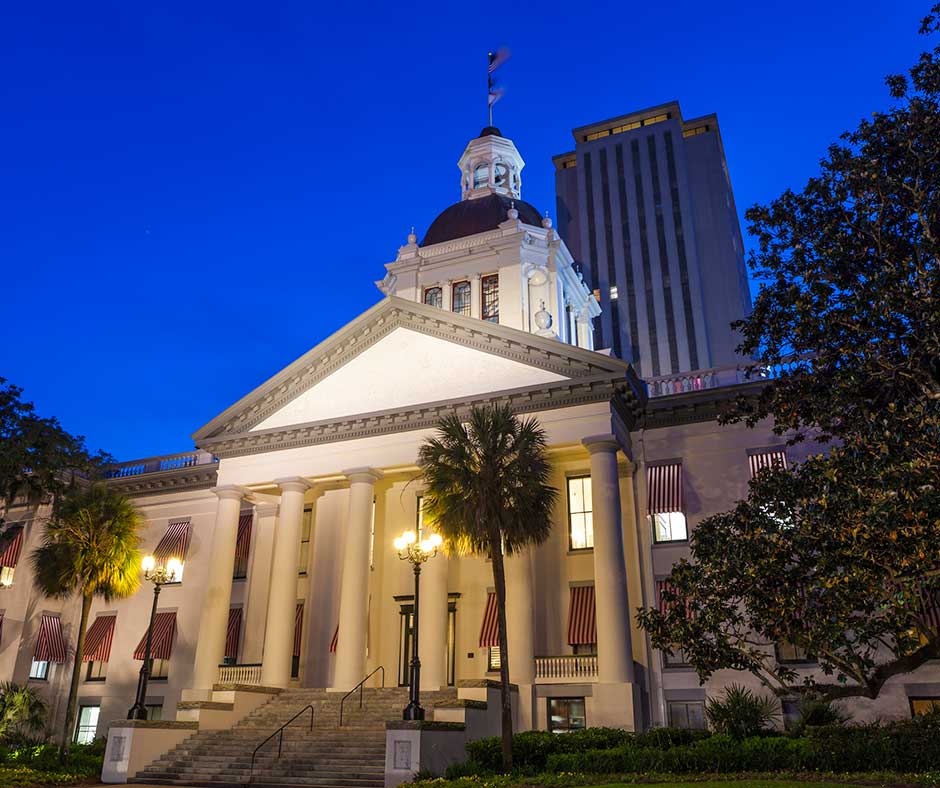The Case for Private Long-Term Evolution Networks for Power Utilities
Next month, the Federal Communications Commission (FCC) is expected to vote on reconfiguring the 900 MHz band for the deployment of broadband services and technologies. This is an important issue that Mission Critical Partners (MCP) has been tracking for some time, and we are encouraged to see a conclusion on the horizon.














